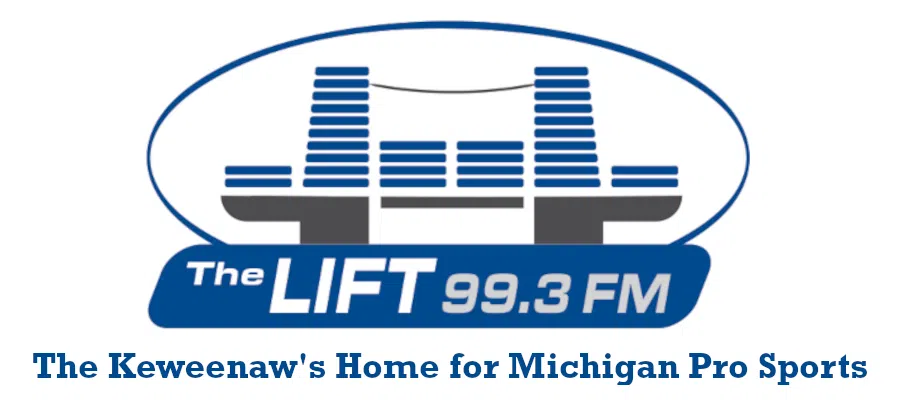
Technology’s influence on everyday life has grown rapidly in recent years in part due to advances in artificial intelligence. At that same time Michigan Technological University has placed itself as a frontrunner in computing and cybersystems education. Through Art in Silico Michigan Tech’s ICC explores the connections between technology and the humanities, and opens conversations about the importance of discussing ethical use of advancements such as AI.
Bring in a lot of data, of course, as we know, and then model voices, either historical voices like John Lennon’s or even maybe going back further as long as we have sort of enough recordings of that voice. The artificial intelligence can learn voice patterns and create new sounds, and new singing with the same vocal patterns. For better or for worse. Think that art helps us understand and negotiate these relationships with new technologies that are in some ways also quite scary, right? Because we can certainly be manipulated by the voices of living people, for example, who have been created to say things that those folks didn’t say. – Sarah Bell, Associate Professor of Digital Media, Michigan Technological University
Sarah Bell, an Associate professor in Digital Media, sees students from all across campus in her classes. She says it’s great to see how STEM and humanities have crossed paths.
But I find that those kinds of questions are a really good way to bring, say, our computer science students and our engineering students and our humanities students together to discuss these ideas because they have different perspectives that they can share and get involved in a conversation about what it means to them as the next professional generation to deal with these issues that are emerging right now. – Sarah Bell, Associate Professor of Digital Media, Michigan Technological University
Bell was one of Art in Silico’s keynote speakers in 2025. In her program at the Great Lakes Research Center on Wednesday she discussed the history of singing machines. A topic she recently dove deep into in her book Vox ex Machina: A Cultural History of Talking Machines.
And so I was talking about this relationship between music and the development of voice synthesis. And it was a lot of fun. Played several clips of both popular and unknown singing synthesizers clearly across the 20th century. Everything from Daisy Bell, the original clip that inspired Arthur C. Clarke to have the Hal 9000 computer sing at the end of 2001, clear up to Radiohead. – Sarah Bell, Associate Professor of Digital Media, Michigan Technological University
The Art in Silico exhibit will remain on display at the Copper Country Community Arts Center today. Those interested in learning more about the Michigan Technological University’s Institute of Computing and Cybersystems can find more details below. The Copper Country Community Arts Center is located at 126 Quincy Street in Hancock.
Institute of Computing an Cybersystems
Vox ex Machina: A Cultural History of Talking Machines by Sarah Bell







Comments